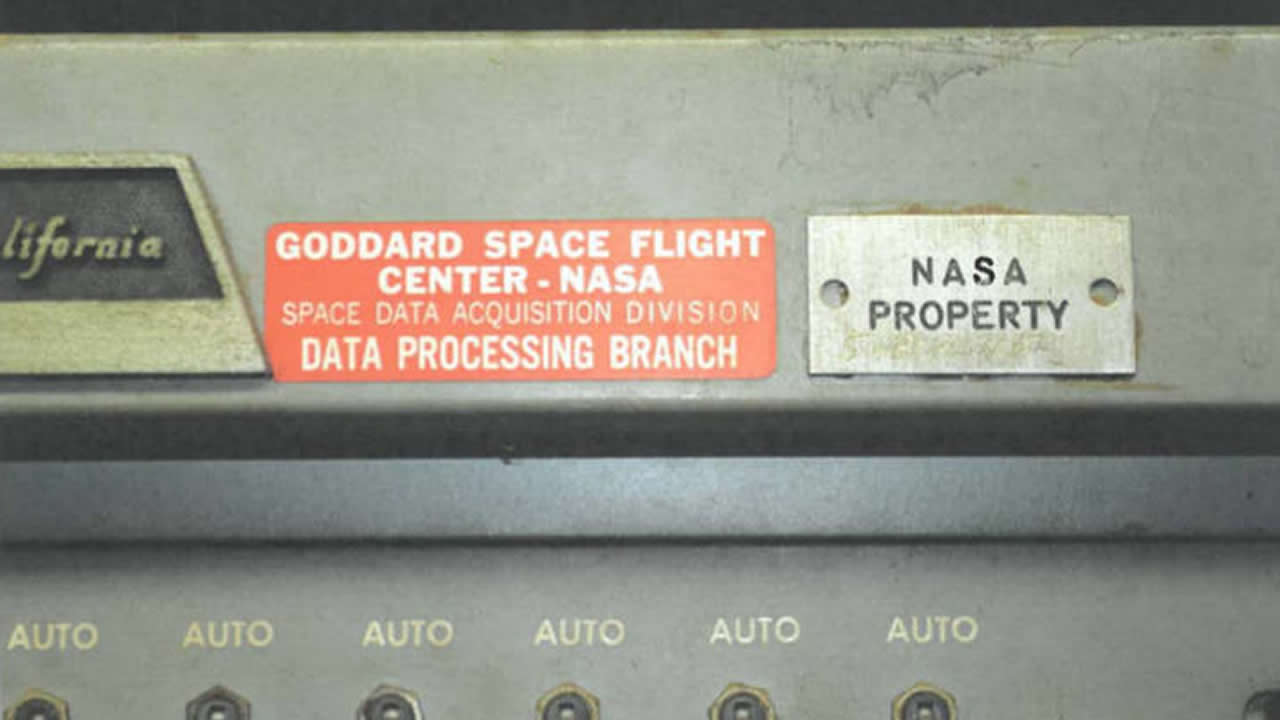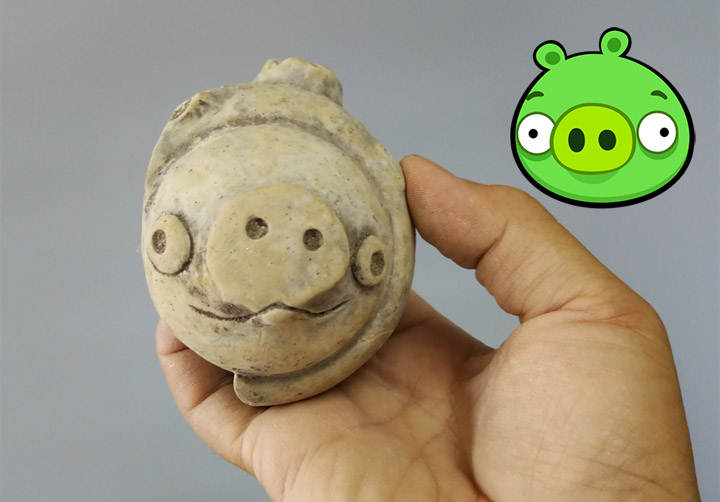In a remarkable archaeological breakthrough, a team led by Dr. Zaha Abdel-Rahim of Cairo University has uncovered the untouched tomb of Queen Henut in the legendary necropolis of Saqqara, located just south of the iconic Pyramid of Djoser.
This extraordinary discovery, dating back more than 4,200 years to circa 2200 BCE, offers new insights into Egypt’s enigmatic Sixth Dynasty and reveals fascinating links between ancient Egyptian cosmology and celestial phenomena.
Who Was Queen Henut? A Royal Figure Lost to History
Although the tomb’s hieroglyphic inscriptions identify Henut as the wife of Pharaoh Pepi II—one of the longest-reigning monarchs in history—her name is notably absent from official royal lists. Historians and Egyptologists believe that Henut may have been erased from historical records as a result of political purges following Pepi II’s death. Such purges were common in the turbulent period at the end of the Old Kingdom, when centralized royal authority weakened dramatically.
Queen Henut’s disappearance from recorded history makes the discovery of her tomb even more significant. It provides a rare, tangible connection to a queen whose existence was nearly lost to time, adding an important new chapter to our understanding of Egypt’s dynastic transitions.
A Tomb Unlike Any Other: Star Frescoes and the Celestial Cow
What makes Queen Henut’s tomb truly spectacular is the astonishing artwork adorning its walls. Frescoes depicting 48 constellations have been meticulously preserved, offering a breathtaking window into ancient Egyptian astronomy. One of the standout images is the portrayal of the “Celestial Cow”, a mythological figure associated with the heavens and often likened to the constellation we know today as the Big Dipper.

However, there’s a striking anomaly: in Henut’s tomb, the Celestial Cow is depicted with eight stars instead of seven. This curious detail has captivated scholars and scientists alike.
An Ancient Supernova Recorded in Stone?
Dr. Samira al-Masri, a noted astrophysicist from the Helwan Observatory, has proposed a compelling theory to explain the eighth star. She suggests that the additional star represents the aftermath of a supernova—an explosive stellar event—that appeared around 2240 BCE. Intriguingly, this phenomenon is recorded in ancient Chinese chronicles, which describe a “guest star” suddenly appearing in the night sky around the same period.
If Dr. al-Masri’s theory proves correct, Queen Henut’s tomb could be one of the earliest visual records of a cosmic event witnessed by multiple ancient civilizations across the globe, offering a rare instance of ancient international astronomical correlation.
Mysterious Altar and Lost Plant Species: Unraveling More Secrets
In addition to the dazzling star frescoes, the archaeological team made another intriguing find. Tucked into a corner of the tomb is an altar surrounded by 12 alabaster vessels. Residue analysis conducted on the remains inside these vessels revealed traces of an unknown leguminous plant species, now extinct.

The discovery of this vanished plant species opens new avenues for botanical and historical research. It suggests that the ancient Egyptians may have cultivated or ritualistically used plant varieties that no longer exist today, pointing to lost agricultural knowledge and possibly forgotten religious practices related to the afterlife.
The Significance of Saqqara: A Timeless Necropolis
Saqqara itself holds deep historical and spiritual significance. As one of the most ancient and expansive burial grounds in Egypt, Saqqara served as the final resting place for royalty, nobles, and high officials across multiple dynasties. The site is home to countless mastabas, pyramids, and tombs, each reflecting the evolution of Egyptian funerary architecture and religious beliefs.
The discovery of Queen Henut’s tomb further cements Saqqara’s status as a treasure trove of ancient secrets still waiting to be unearthed. It highlights how much remains hidden beneath the sands of Egypt, offering hope for future discoveries that could reshape our understanding of the ancient world.
What This Discovery Means for Egyptology and Future Research
Queen Henut’s tomb is more than just another archaeological find—it represents a convergence of history, astronomy, botany, and art. The untouched state of the tomb allows researchers a rare chance to study the burial practices, religious symbolism, and astronomical knowledge of ancient Egypt at a pivotal point in its history.
The discovery will likely spark further excavations in the surrounding area and inspire interdisciplinary studies linking archaeology, astrophysics, and ancient agriculture. Moreover, it may influence how scholars interpret Egyptian references to celestial phenomena, suggesting that ancient Egyptian stargazing was perhaps more sophisticated and observationally accurate than previously believed.
Plans are already underway to conserve and possibly open the tomb to the public, turning it into a centerpiece for tourism and education, further showcasing Egypt’s enduring legacy as a cradle of civilization.
A Starry Legacy Reclaimed from the Sands of Time
The tomb of Queen Henut is a stunning reminder of the grandeur, mystery, and scientific prowess of ancient Egypt. From frescoes mapping the heavens to evidence of vanished plant life, this discovery is a beacon illuminating the sophistication of a civilization that, millennia ago, gazed at the stars and sought to understand the cosmos.
As excavations continue and research deepens, Queen Henut’s rediscovered resting place promises to captivate the world—and expand our appreciation of Egypt’s timeless contributions to humanity’s shared story.

















